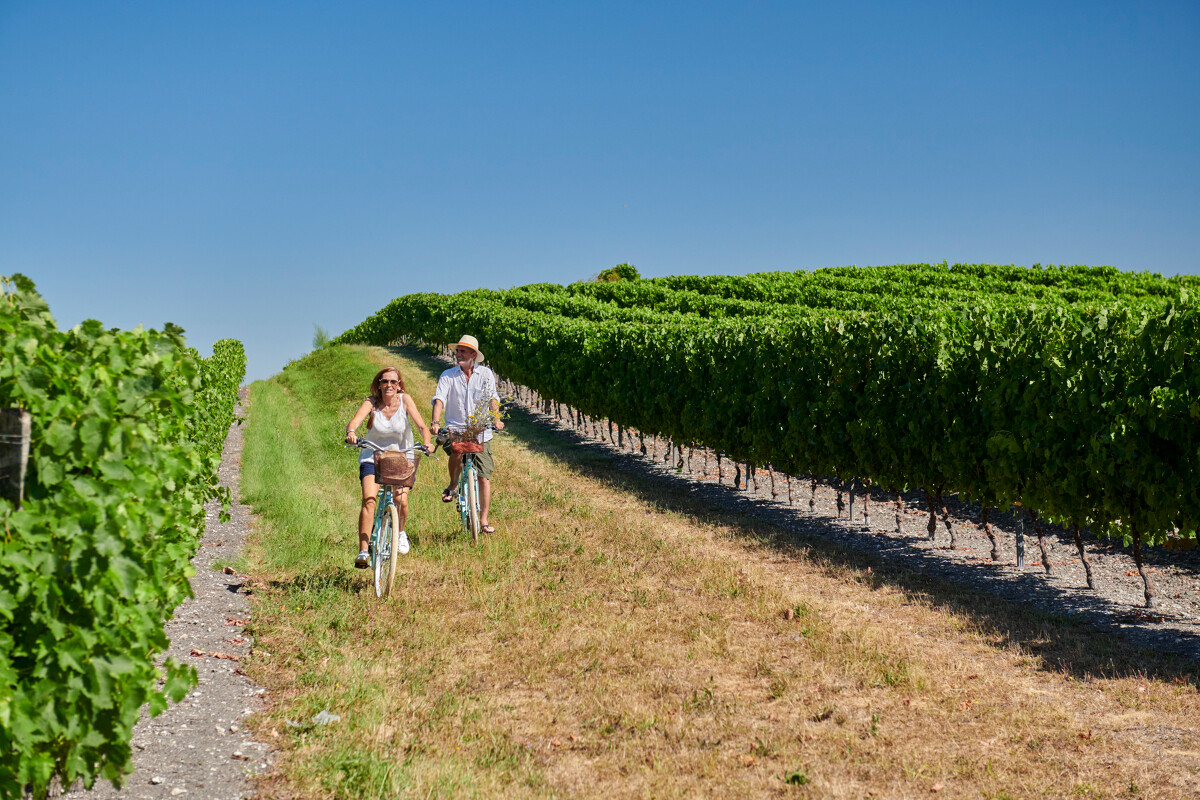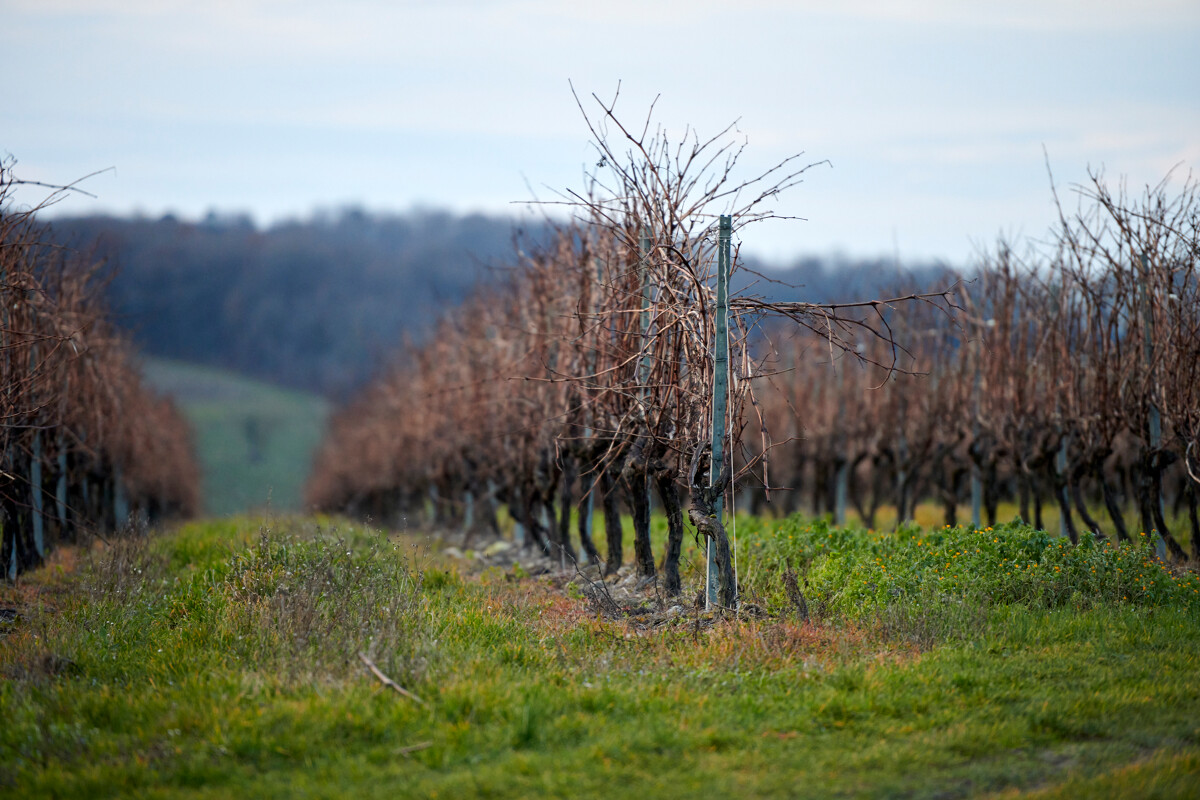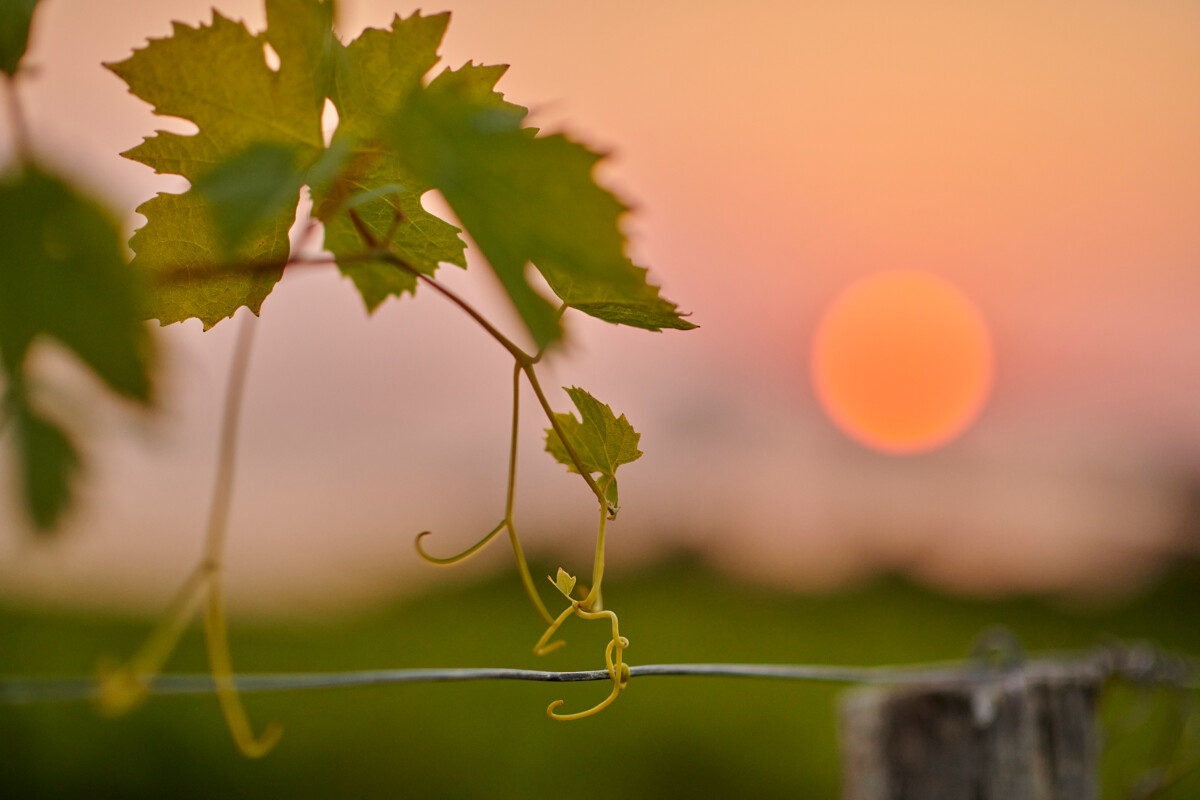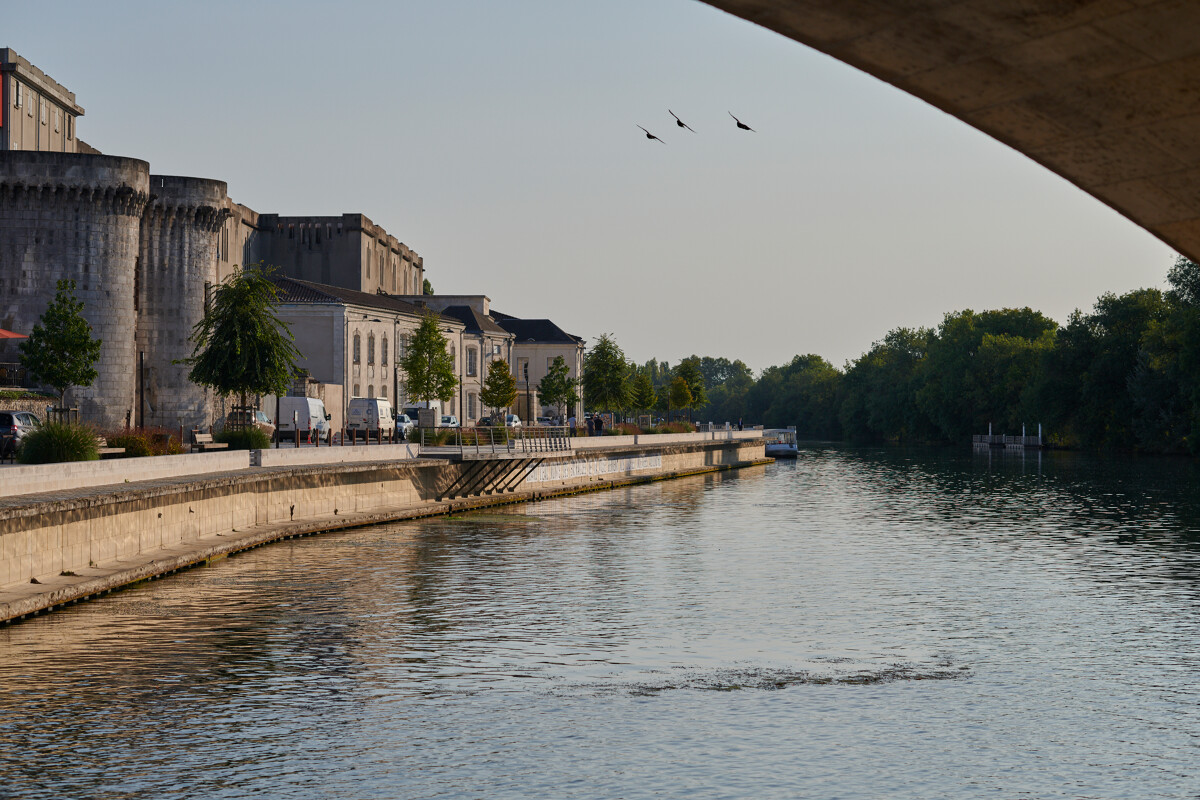2023.07.23
The Vineyard Landscape: A Landscape Shaped by Man | Origins
Perceive their cultural richness with all the senses
The development of wine and Cognac consumption has led men to shape the landscape. Sources of emotions, the wine landscapes must be apprehended with all the senses to perceive their cultural richness.

Copyright Aurelien TERRADE


Copyright Aurelien TERRADE

Copyright Aurelien TERRADE
Vineyard prosperity: adaptation and development
Climate changes, sanitary crises like the phylloxera epidemic, technological advancements in vineyard mechanization, and economic constraints such as advancements in transportation have all had a considerable impact on the evolution and transformation of the wine landscape. Throughout history, the wine landscape has persevered thanks to the resilience, courage, and entrepreneurial spirit of the winegrowers and merchants.

Copyright Aurelien TERRADE
From wild vines to vineyards


Copyright Aurelien TERRADE
The vineyard: not an isolated landscape
There isn't just one vineyard landscape, but rather a variety of landscapes that showcase the ingenuity of humans in adapting the environment for vine cultivation. This includes considerations such as soil selection, sun exposure, and topography, as well as the management techniques and grape varieties chosen to suit the specific environment. The vineyard landscape also encompasses the architectural structures essential for production and economic aspects, such as residences, wine cellars, aging facilities, and trading houses. The architecture of the vineyard landscape seamlessly combines the technical and operational aspects with aesthetic and social elements. Observers must also comprehend the significance of this landscape, understanding factors such as plot layout, orientation, and the role of soil in determining terroir selection. It is crucial to grasp the entire agroecological environment that humans have adapted to in order to fully appreciate the vineyard landscape.

Copyright Aurelien TERRADE
Vineyard prosperity: adaptation and development
The prosperity of a vineyard is closely linked to its ability to transport its produce to major markets. The presence of a river and the proximity to ports are essential advantages for economic development. It is undeniable that the Charente River and the nearby ports have played a significant role in the historical growth of the Cognac sector.
Climate changes, sanitary crises like the phylloxera epidemic, technological advancements in vineyard mechanization, and economic constraints such as advancements in transportation have all had a considerable impact on the evolution and transformation of the wine landscape. Throughout history, the wine landscape has persevered thanks to the resilience, courage, and entrepreneurial spirit of the winegrowers and merchants.

Copyright Aurelien TERRADE
The future of the vineyard landscape
Wine tourism is increasingly shaping the wine landscape. Aesthetics play a vital role in persuading consumers of the quality of the products. The visual appeal and emotional experience of consumers are essential for the promotion and valorization of the resulting wine products.
The vineyard landscape is a source of emotions and should be apprehended with all of our senses.
SEE ALSO
2023.07.18
Everything about the Cognac region is here
Which of the six Cognac regions will be your best fit?






